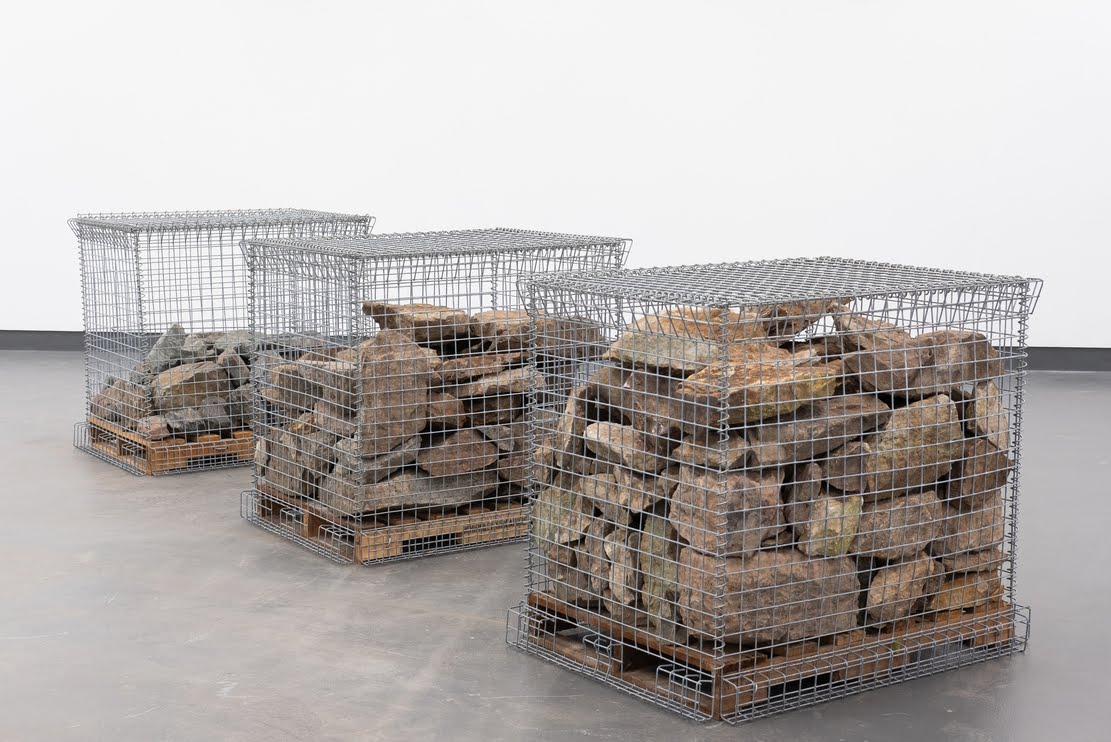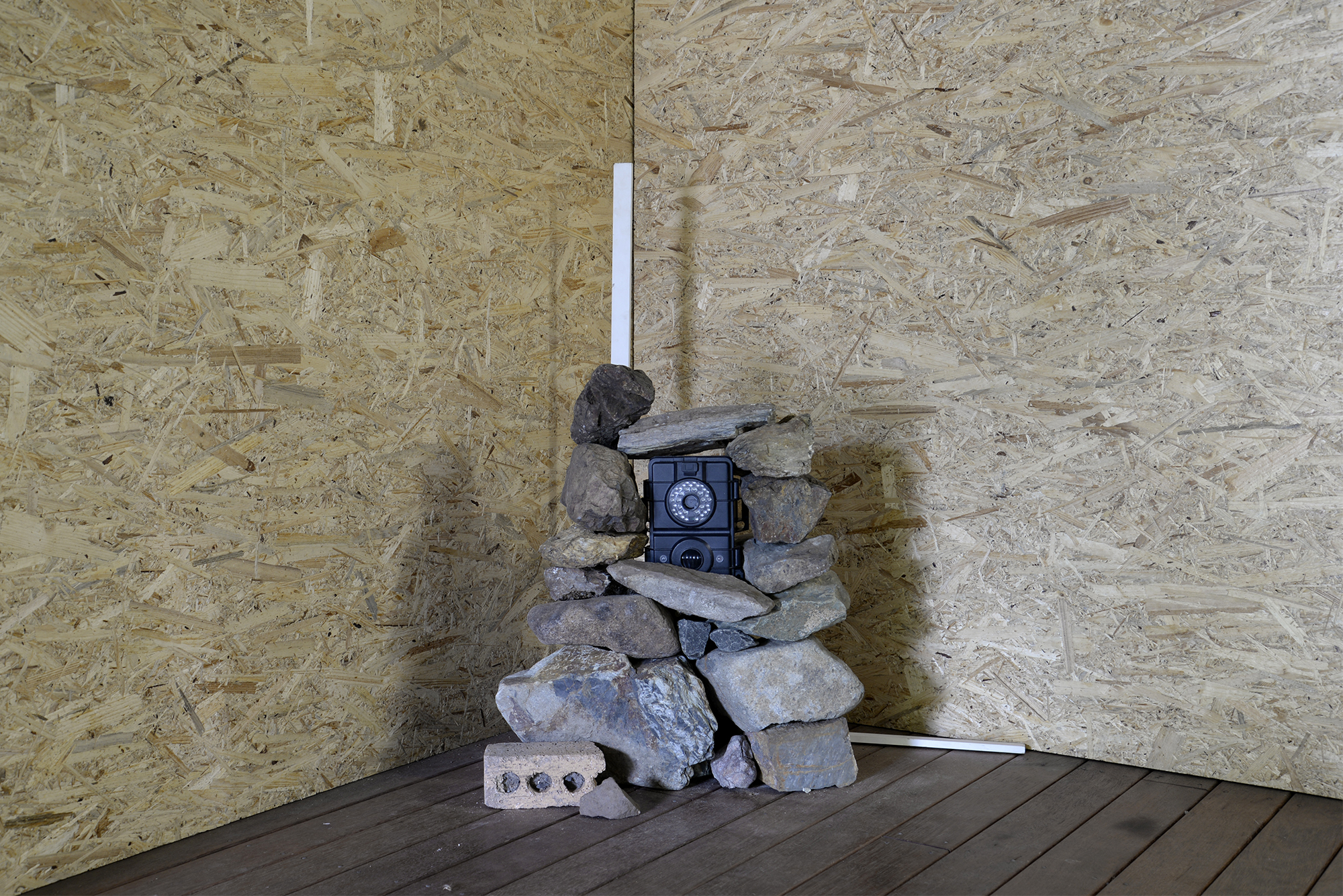WORK


Perceived and Aesthetic Moral Tension, 2022, Nextdoor ARI, installed at Metro Arts Gallery Two.
New and previously un-exhibited work by Tristan Eyles. Lightly mediated sculpture and video are used to interrogate civil land use through the lens of environmental cataclysm. The works employ a contrast of affects which teeter on the edge of Kleinian paranoia and the reparative, reflecting on feelings of loss and complicity evoked by the ambivalence towards materiality in domestic, civil and recreational settings.

Observed Structures installed in Queensland College of Art’s White Box Gallery.
Even among artists who are advocates of climate change activism and explore this through the lense of contemporary art making, there are still issues concerning the measurable benefits of activities associated with awareness raising and inciting of social change. Such inclinations, while admirable, are often caught up in a pervasive eco-art language based on naturalism or an edifying didacticism, which can be limiting in both effect and affect. There seems something quite complicit in attempting to make contemporary art as a kind of cultural capital which addresses anthropogenic climate change. To alleviate this tension, Eyles refers to Kleinian notions of ambivalence, and references Susan Best’s explicit framework which insists on acknowledging attempts of repair, or to account for situations where repair cannot or has not been reversed. In Observed Structures, the ubiquitous gabion cage is framed as a redeeming, ambivalent structure imposed into the landscape. These cages are filled with a kind of stone aggregate, often as well as cement rubble, “murderous part-objects” into which “something like a whole” is formed.
Untitled (Evidence), 2018 -

Installed in Queensland College of Art’s Grey Street Gallery.
Untitled (Evidence) investigates the built environment as a site of ongoing colonial violence, interpreting tyre tracks and other marks in the landscape as a form of scarring. The cement casts of vehicle tracks reject the deployment of identity politics and representations of distinct people, turning instead towards the landscape and the marks made on it by human agency. The decision to not overtly implicate body nor biography functions as an acknowledgement, and an attempt to eschew positions of privilege which may otherwise cloud critical discourse
Site, Sample, Sign: A Case Study, 2018
Tristan Eyles, Helen Hardess, Kierra-Jay Power

Site, Sample, Sign: A Case Study is an exhibition composed by Tristan Eyles, Helen Hardess, and Kierra-Jay Power. Their collaboration documents a series of recursive interventions into the fringes of New Chum, a suburb of Ipswich about 34 kilometres from Kangaroo Point, and the site of the proposed Austin BMI “Super Dump.” Experiential inquiry into contested sites is explored through image making, mark making and sculptural forms.
View the catalogue.
Civil Landscapes, 2018

Physical interventions into the suburban landscape can uncover evidence of simulated nature in the built environment. Civil Landscapes utilizes photogrammetry to recreate distinct aspects of suburbia, commenting on the divergent relationship between the physical landscape of Australia and it’s perception and mediation through digital technologies.
Read The New Natural: In Conversation with Tristan Eyles by Lachlan Airey.
Sitemarker 4 - One and Three Piles (After Boettger), 2017.

Installed in Queensland College of Art Room 1.29.
Site specific and site referrent works of art are often reliant on their photographic and printed mediation to substantiate their ongoing cultural and art historical significance. As with the land and earth artists of the sixties and seventies, their place within the ecoart grandnarrative and continuing influence on contemporary practitioners is due to their ongoing reproduction in historical retrospectives such as Suzaan Boettger’s Earthworks: art and the landscape of the sixties (2002).
In Sitemarker 4 – One and Three Piles, Eyles compares the earthworks metanarrative outlined above to that of the sprawling landscape of Brisbane’s northern suburbs, by creating an earthworks pastiche.